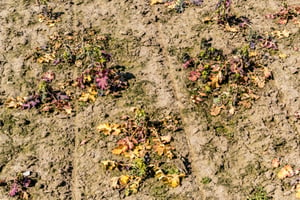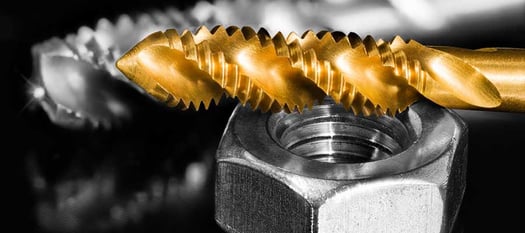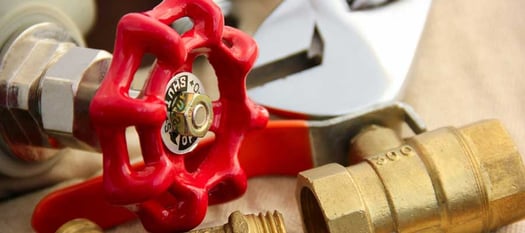Everyone has seen some type of drought over the years, whether it's just a really dry summer or an unmitigated lack of rain that goes on for months on end. It's easy to see the lack of water in a drought. Lawns are brown, creek beds are dried up and washing your car in your driveway will put you on the lecture list from the neighborhood environmental activist. But while it's easy to see these signs, one area we often don't consider is the state of the aquifers.
What is an aquifer?
An aquifer is a naturally-occurring geological feature that stores water underground. It's tapped into through wells and can be a source for high-quality water - but if it is drawn down by more water than is being replenished, it can impact water quality in a wide range of areas. At this time, we're seeing aquifers being drawn down on annual basis, leaving shorter wells incapable of pumping water while deeper wells are still in operation. This leads to a water shortage that can have an effect on crop irrigation, municipal water supplies and many other areas.
How does a draining aquifer impact water quality?
When aquifer water levels are dropping, it means that there is more water being removed from the aquifer than is being replaced by seepage through the earth. If this happens in irrigated crop land, it can lead to a crop failure if there is insufficient water available to keep the crops going. When cities find their aquifer levels dropping, it means they need to develop other sources to keep water flowing to their residents. Unfortunately, that doesn't always work out well.
What happens when water is drawn from another source?
When a distribution system is supplied by a new source testing is required and treatment for the new water needs to be established before it enters the system. If corrosion inhibitors aren't applied to the system as needed, corrosion can leach lead and other contaminants into the water. Using water of a different pH can have a similar effect, such as going from water in an aquifer to a river, lake or other source.
How do I avoid contamination in my water system?
Remember that water systems are often designed to match the specifications of the water being transported. That means a change in water source will require some careful thinking. If the water supply mains in Flint had used Red Hed manufacturing lead-free water works brass fittings, the city would have had a less chance of a lead problem because there would be nothing to leach into the water from the fittings. Though the US currently has "lead-free" standards in place, these standards still allow a certain amount of lead in water lines, fittings and fixtures. Going to a lead-free brass manufacturer ensures you'll have a better chance of lead-free water no matter where it comes from.
By keeping these aspects of aquifers and alternative water supplies in mind, you can avoid many of the problems that are being faced with the Flint water crisis and keep your customers happy. If you need help finding the right lead-free brass fittings to keep your water supply safe, please feel free to contact us today. At Red Hed Manufacturing, we believe in providing the best options for High Quality lead-free Brass fittings made totally in the USA for your water distribution system.











